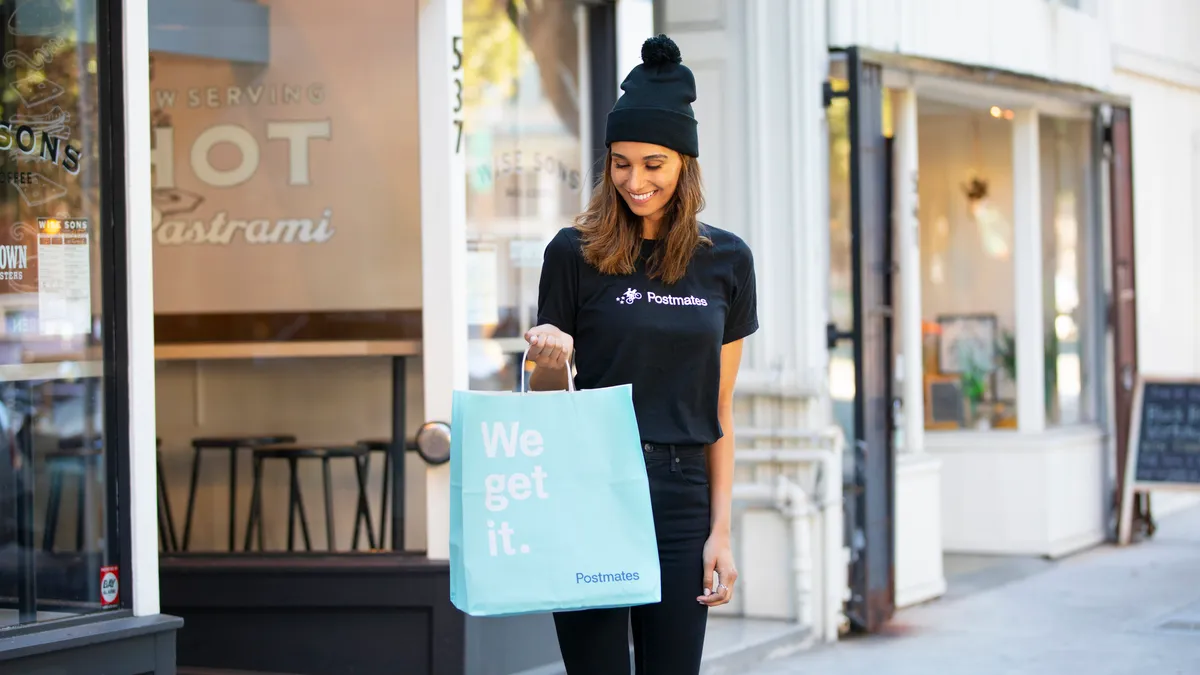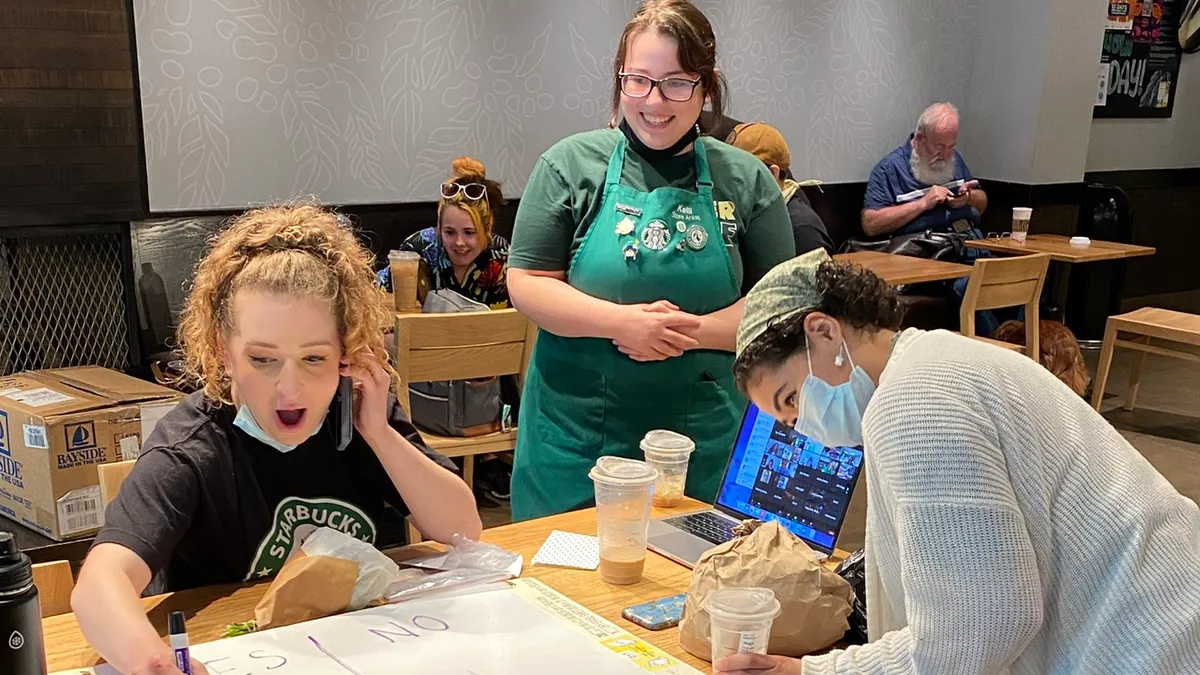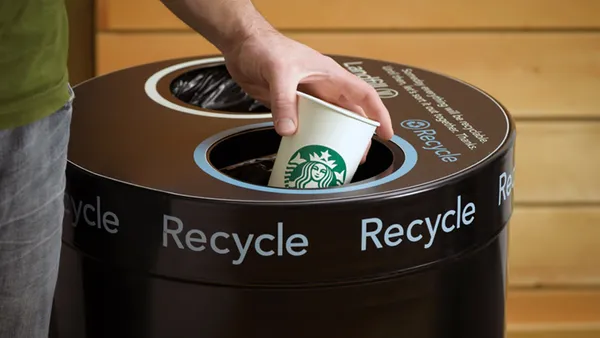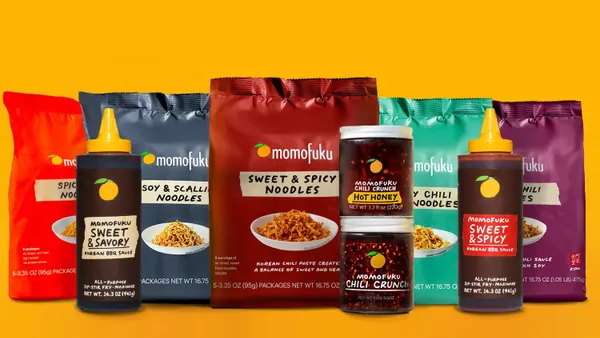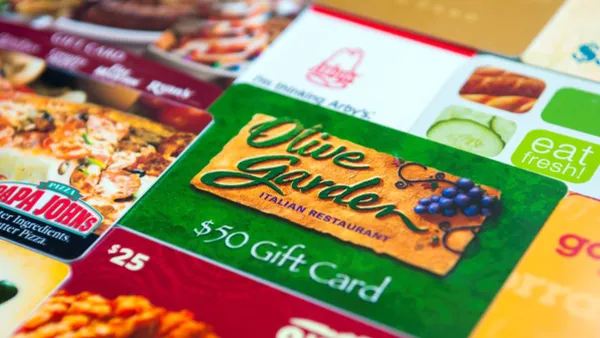As growth in digital sales continues in numerous industries, restaurants are seeing an increased share of their own sales generated by online delivery options. In fact, growth in online purchases is an industry hot spot. According to the NPD Group, delivery visits have jumped by 10% and sales by 20% since 2012, with most of the growth from digital orders, which jumped from 27% in 2012 to an eye-popping 52% in 2018.
As digital sales have increased, the number of third-party delivery platforms has also grown. As Restaurant Dive noted in January, online delivery is the only expanding segment of the industry; Statista found that platform-to-consumer revenue makes up about $2 billion of total online food delivery revenue, which is expected to grow to $3 billion in the next four years. As third-party platforms work with restaurants to deliver optimal consumer experience, foodservice operators should consider how their marketing strategies can thrive in a digital space with more platform options.
In order to gauge effective strategies to reach consumers, Beef. It’s What’s For Dinner., on behalf of the Beef Checkoff, partnered with Postmates, a prominent third-party restaurant delivery platform, to determine which common beef-related keywords would affect consumer behavior when boosted within the platform’s search feature. When consumers make a beef purchase when dining in a restaurant, they typically are more likely to order a full meal, according to Bridget Wasser, Executive Director of Meat Science & Supply Chain Outreach for National Cattlemen’s Beef Association, a contractor to the Beef Checkoff, and it is possible the same will be true for online purchases.
“On-premise diners are more likely to order other menu items when ordering beef, like appetizers, sides and dessert,” Wasser said. “We’re seeing more business move off-premise, and operators can continue to capture the great profit potential that exists for beef in the digital channel and adopt a multi-channel sales approach that attracts all customers.”
To find optimal digital marketing strategies foodservice operators can use with beef products, Beef. It’s What’s For Dinner. and Postmates selected four search keywords – beef, burger, steak and BBQ – to determine which would best drive orders. They found that ‘burgers’ was the highest performing search term; nearly 10% of customers purchased a burger during the promotion week, with a 2% increase in sales when the ‘burger’ keyword was sponsored. Specialized cuisine or item types like ‘burger’ tended to perform better than the more generalized ‘beef’ search term. Wasser said the strategy to use the generalized ‘beef’ term was to create a base for comparison, and specific search items may help consumers quickly find the item type they’re seeking.
“When a customer is thinking about ordering a meal for delivery, they probably have something more specific in mind as a potential purchase, like a cuisine type or a dish such as tacos, steak or pizza versus a more general protein term like beef, pork or chicken,” she said.
To gauge which messaging best drives consumer beef purchases for delivery, Beef. It’s What’s For Dinner. and Postmates sent emails to different consumers, either emphasizing the taste of beef products or their nutritional attributes. While the emails achieved conversion rates double the platform’s benchmark rates, the taste messaging was slightly more effective. Wasser noted that this doesn’t necessarily mean consumers are always seeking out taste over nutrition when selecting beef products, but taste may be more important to consumers seeking a delivery option.
“Beef also has a great nutrition package, and that may resonate with some customers, but it’s hard to express that message within a restaurant delivery platform,” she said. “If consumers have decided on delivery, they’re probably inspired more by appetizing imagery and messaging.”
This seems particularly true for when consumers were making steak purchases; test findings showed consumers set on purchasing steak were most likely to complete the sale, but diners did not seem swayed to purchase steak due to keyword boosting. It appears that consumers who used Postmates to make a steak purchase entered the platform with the express purpose of doing so.
However, this isn’t the case for every search term; while BBQ was the least popular tested keyword, boosting the BBQ search term actually resulted in a 20% sales increase of BBQ items during promotion week. Indeed, boosting search terms for relatively unpopular items can be an effective way to urge consumers to purchase items they may not have considered otherwise. Consumers may not be familiar with certain beef options; for foodservice operators, boosting your least-popular items through boosting selected keywords can actually increase sales.
“I think more specific terms translate to tangible items they can visualize and order from available menus,” Wasser said. “You’re providing them inspiration that breaks through the clutter of countless meal options.”

